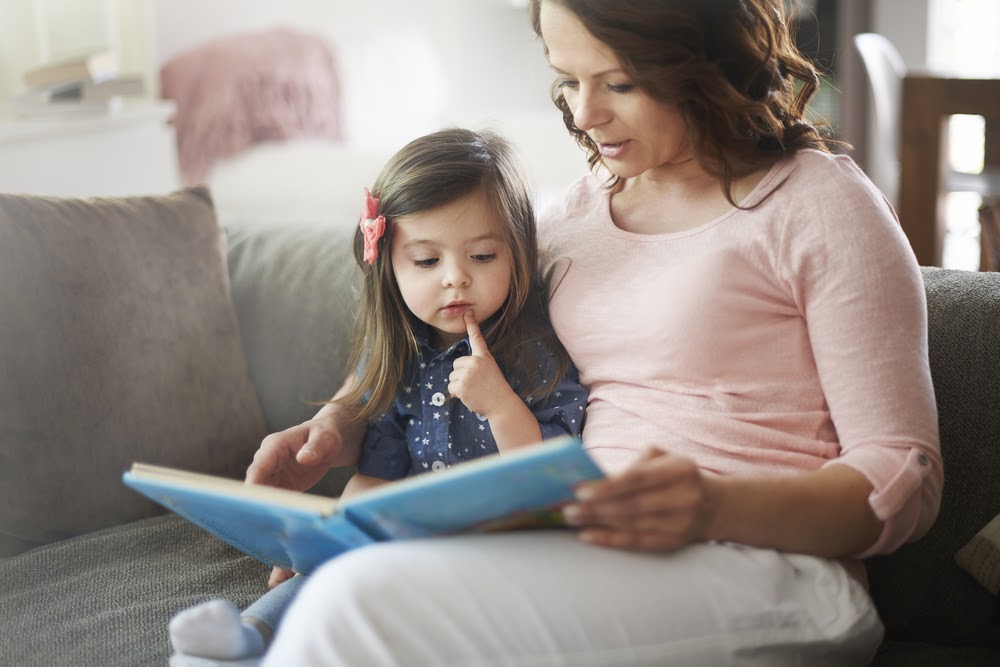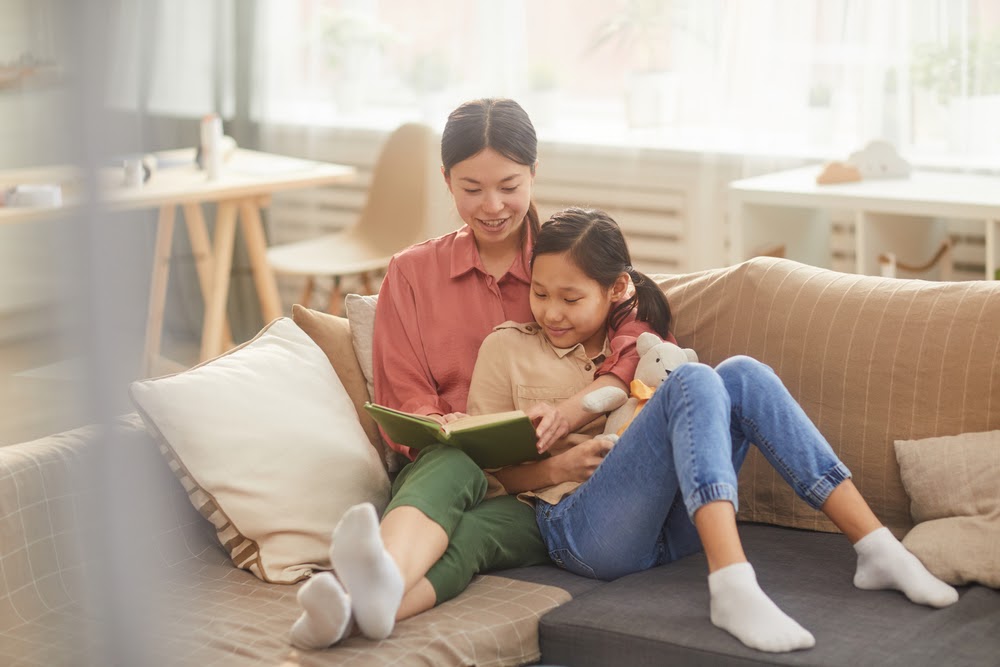Great Christmas Gift Ideas for Kids
With only a few days remaining to purchase last-minute gifts for kids, parents may be looking for a few extra items for stockings or to place under the tree. Maybe the must-have requests were sold out or simply out of the budget. Or perhaps parents spent a little more on one child than the other … Read more

 Español
Español



